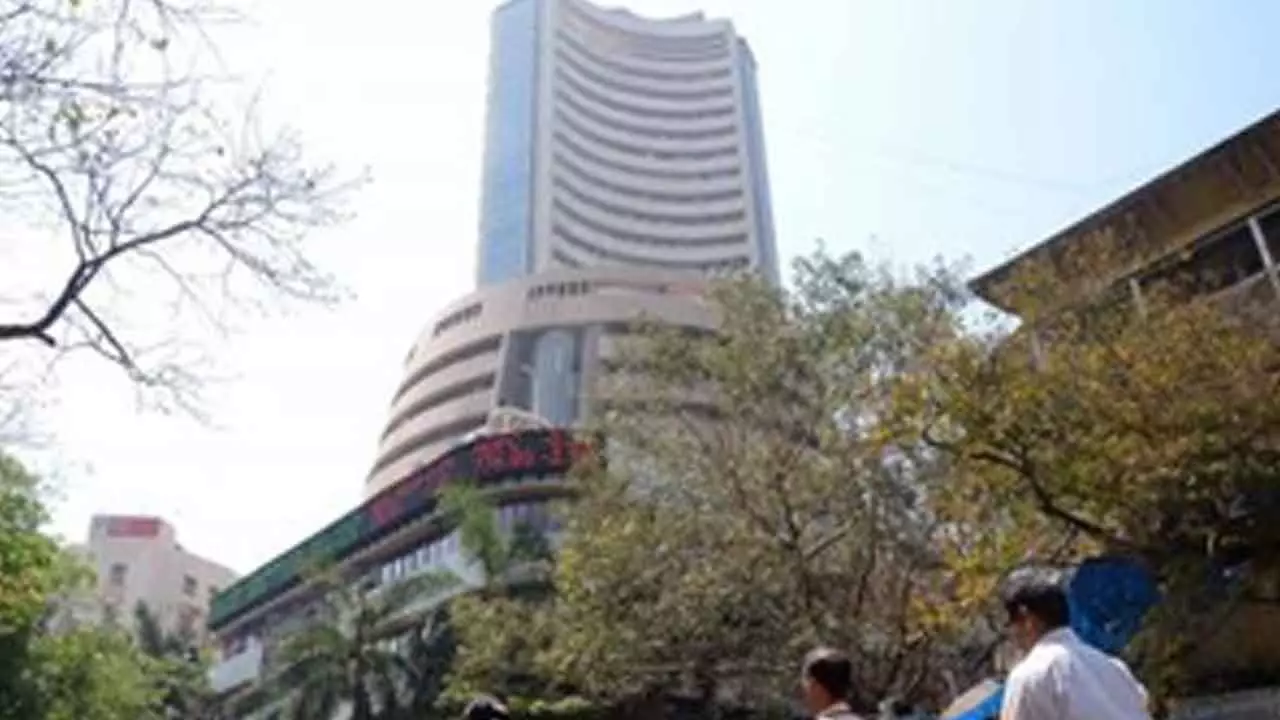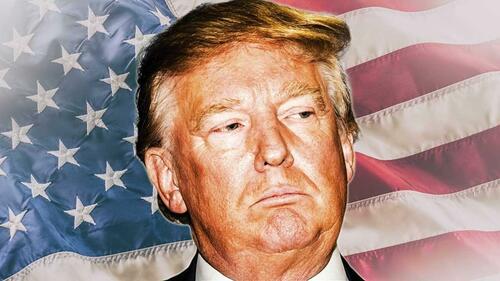Spooked by the US President Donand Trump’s reciprocal tariff announcements, fears of a trade war, global sell-off in equity markets and renewed concerns over the economic slowdown; the Indian equity market snapped two-week gaining streak to close on a weak note during the week ended. BSE Sensex index shed 2050.23 points or 2.
64 percent to close at 75,364.69 points, and Nifty fell 614.9 points or 2.

61 percent to end at 22,904.45 points. In the broader market, the BSE Mid-cap Index declined 2.
5 percent and the BSE Small-cap index shed 1.6 percent. On the sectoral front, Nifty Information Technology index records biggest weekly fall of nine per cent since Covid-19 on global growth concerns.
Nifty Metal index down 7.5 percent, Nifty Oil & Gas index shed 4 percent, while Nifty Realty and Auto indices slipped 3 per cent each. FIIs turned net sellers again in this week selling equities worth Rs13,730.
49 crore, while DIIs bought equities worth Rs5,632.56 crore. After a brief return of optimism in March, FIIs reversed course and turned net sellers in early April, rattled by a sudden escalation in global trade tensions.
Extending the gains against the US dollar, the Indian rupee ended higher by 23 paise at 85.23 per dollar. While the Indian markets may also show jitters and stay under pressure, this relative outperformance is likely to persist.
While global uncertainty has put FPIs in a wait-and-watch mode, India’s robust macroeconomic fundamentals and supportive policy environment continue to offer long-term investment appeal, especially in comparison to other Asian peers. While near-term volatility persists due to global developments, India’s economic fundamentals, infrastructure push, and diversifying trade strategy offers a compelling case for long-term investment. Being a domestic consumption driven economy, the Indian economy currently seems well insulated to survive temporary headwinds on account of macro changes and domestic triggers of high valuation, tight earnings, and rising inflation costs.
The coming week is again short, with Thursday being a trading holiday for Shri Mahavir Jayanti. The markets are expected to start lower on Monday following global weakness. During the week ahead, the outcome of the Monetary Policy Committee (MPC) meeting on April 9 will be a key focus, with the Street expecting a 25bps rate cut to kick off the financial year 2026.
The fourth-quarter earnings season begins this week, with Tata Consultancy Services (TCS) set to report its results on April 10. The market is likely to react sharply to the first earnings report of the season. As the markets now look to the RBI’s upcoming policy stance and the evolving tariff landscape, investor sentiment remains delicately balanced between caution and long-term confidence.
The coming week is again short, with Thursday being a trading holiday for Shri Mahavir Jayanti. Consumer Sentiment and US Markets: Since Covid, the typically positive correlation between consumers’ mood and stock prices has collapsed. Conventional wisdom has long held that the more optimistic consumers are, the better it is for the stock market.
But since Covid struck in 2020, the relationship has reversed: When consumer sentiment has been high, stock returns generally have been low, and vice versa. (In recent weeks, that relationship has reversed again, and we’ll see if that lasts.) One way to look at it is to say that where there once was a solid relationship, there no longer is.
When consumer sentiment is doing well, money flows into riskier assets and these assets outperform, and when consumer sentiment falls, money moves out of riskier assets and these assets underperform. Consumer sentiment was historically something useful to track with respect to asset returns, it has become unreliable since 2020. And the fall from grace of consumer sentiment means one less useful measure that investors have in guiding their expectations on returns and portfolio-allocation decisions.
Investors are losing their stomach for ‘buying the dip’. Cash is looking more and more attractive these days. Stocks tumbled after President Trump escalated his trade war against the rest of the world.
But rather than scooping up shares trading at cheaper prices, many investors are opting to keep their cash on hand. Stocks, oil, and government bond yields tumbled after Trump’s aggressive tariffs kicked off a global trade war and fuelled recession fears. Some investors fear that Trump’s aggressive trade policies could awaken the two-headed monster called stagflation, where growth is weak while prices climb.
The decline in sentiment has cooled the ‘buy the dip’ mentality that helped power the stock market repeated highs and quickly recover from selloffs in recent years. Bearishness, or an expectation that stock prices will fall over the next six months, is at its highest level since the Great Recession. Follow market trends and history.
Don’t speculate that this particular time will be any different. For example, a major key to investing in a specific stock or bond fund is its performance over five years. F&O/ SECTOR WATCH Amidst the worst selloff since 2020 across the global markets after Trump imposed tariffs on India and other nations; fresh shorts were seen in the derivatives segment.
In the options segment, prominent Call Open Interest for the Nifty was seen at the 23,500 and 23,300 strikes; while the notable Put Open Interest was at the 23,000 and 22,800 strikes. Call writers are more active as compared to the Put indicating selling pressure on any bounce in the market. For Bank Nifty, the prominent Call Open Interest was seen at the 52,000 strikes, whereas notable Put Open Interest at the 51,000 strikes.
Implied Volatility (IV) for Nifty’s Call options settled at 12.23 per cent, while Put options conclude at 13.07 per cent.
The India VIX, a key market volatility indicator, closed the week at 13.60 per cent. The Put-Call Ratio of Open Interest (PCR OI) for the week was 1.
11. Technically, Nifty is trading below its long-term exponential moving averages indicating pressure in Nifty. The week ahead is expected to see a wider trading range and heightened volatility ingrained in it.
It is strongly recommended that while the valuations look tempting enough to initiate buying, all fresh buying should be done in a staggered manner. One must not go out and buy everything all at once, but one should do it in a staggered way, while allowing the prices to stabilize and indicate a potential reversal point. A cautious approach is advised for the coming week.
Stocks looking good are IDFC First, Jubilant Food, MFSL, Marico, Polycab, Torrent Power and Tata Consumer. Stocks looking weak are Aarti Inds, Dr Reddy’s, HCL Tech, Inox Wind, KPIT, M&M Finance and Policy Bazar. (The author is a senior maket analyst and former vice- chairman, Andhra Pradesh State Planning Board).
Business

Investors clueless over next level direction

Spooked by the US President Donand Trump’s reciprocal tariff announcements, fears of a trade war, global sell-off in equity markets and renewed concerns over the economic slowdown; the Indian equity market snapped two-week gaining streak to close on a weak note during the week ended.















